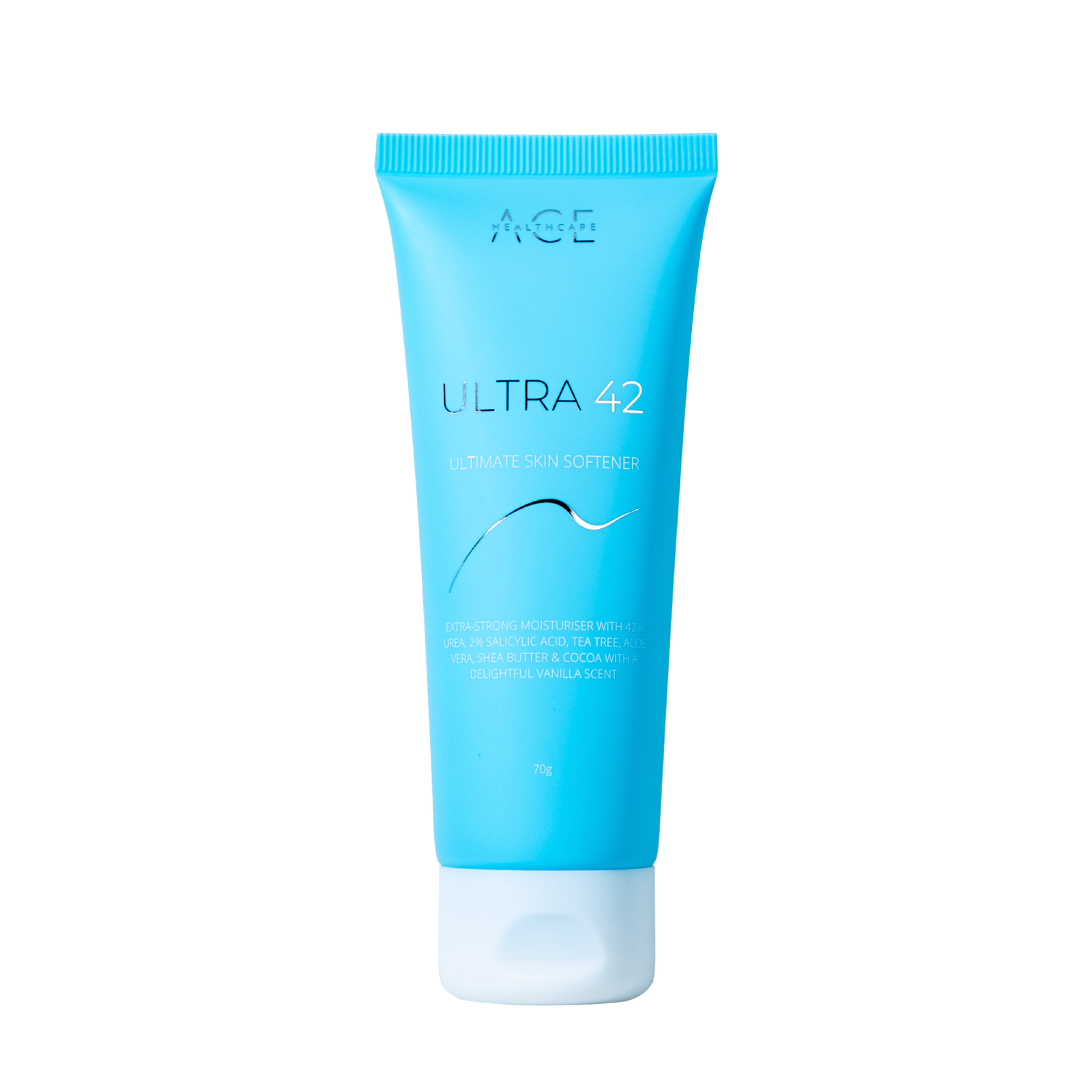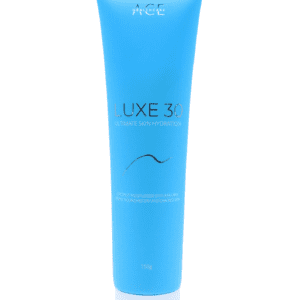Understanding Hammertoe
Hammertoe is a deformity that causes the toes—usually the second, third, or fourth—to bend or curl downward instead of pointing forward. This condition occurs due to an imbalance in the muscles, tendons, or ligaments that usually keep the toe straight.
Causes of Hammertoe
Several factors can contribute to the development of hammertoe, including:
- Footwear: Wearing tight, narrow shoes or high heels that crowd the toes.
- Injury: Trauma to the toe, such as stubbing or jamming.
- Genetics: Inherited foot structure.
- Arthritis: Conditions like rheumatoid arthritis can affect toe alignment.
- Muscle Imbalance: Due to neurological conditions like stroke or diabetes.
Symptoms of Hammertoe
Common symptoms to watch for include:
- A toe that appears bent or curled.
- Pain or irritation when wearing shoes.
- Corns or calluses on the top of the middle joint of the toe or on the tip of the toe.
- Redness or inflammation.
- Restricted or painful motion of the affected toe.
How to Treat Hammertoe
Non-Surgical Treatments
For mild cases of hammertoe, non-surgical treatments can be quite effective:
Footwear Adjustments
- Choose the Right Shoes: Opt for shoes with a wide toe box and avoid high heels.
- Supportive Insoles: Use insoles or orthotic devices to provide more foot support and help redistribute pressure.
Exercises and Physical Therapy
- Toe Exercises: Strengthen and stretch the muscles in your toes through exercises like picking up marbles with your toes or gently pulling your toes to stretch them.
- Foot Massage: Regularly massage your feet to relieve muscle tension.
Padding and Taping
- Toe Pads: Use pads designed to cushion corns and calluses, reducing friction and pain.
- Taping: Tape the toes into a normal position to relieve discomfort and prevent further bending.
Medications
- Over-the-Counter Pain Relievers: Medications such as ibuprofen can alleviate pain and reduce inflammation.
At Foot Health Solutions, we stock a number of items to assist with Hammertoe, such as a wide range of Footlogics Insoles, the Pedifix Budin Toe Splint, Digital Gel Caps and other toe pads from Physipod.
Surgical Treatments
For more severe cases, where non-surgical methods don’t provide relief, surgery may be necessary:
Types of Surgery
- Tendon Transfer: Redirecting tendons to pull the toe into the correct position.
- Joint Resection: Removing part of the joint to make the toe straight.
- Fusion: Fusing the bones together to straighten the toe permanently.
Post-Surgery Care
- Rest and Recovery: Allow time for healing and follow your doctor’s recommendations carefully.
- Physical Therapy: Engage in rehabilitation exercises to regain strength and flexibility in the toe.
Conclusion
Hammertoe can be a painful and inconvenient condition, but with the right treatment plan, you can manage symptoms effectively and improve your quality of life. Whether you opt for non-surgical methods or need surgical intervention, consult your podiatrist to determine the best course of action for your specific situation.
By understanding and addressing hammertoe, you’re taking a significant step towards better foot health and overall well-being!
As always, if you have any serious concerns about your feet or lower limbs we encourage you to visit your podiatrist. If you are based on the Gold Coast, we highly recommend our friends at ProMed Podiatry for their holistic approach to foot health.






